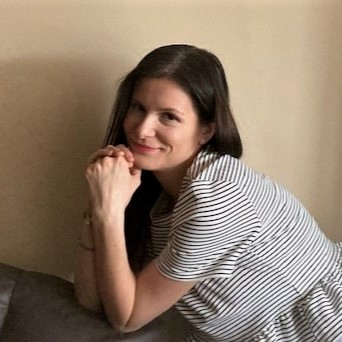Focused Question Clusters is a note-taking and learning method proposed by Cal Newport that helps students retain key information from lectures and books.
The method is particularly useful for preparing for multiple-choice tests.
Here’s a common piece of advice you’ve kept hearing about ever since elementary school: taking notes is a valuable skill that can help you learn better, remember more, and organize your thoughts. By taking notes, you create your own personal record of the information, and it can be useful for future reference or study.
When it comes to multiple-choice tests, there’s a specific note-taking method that’s very helpful for making new information stick, and that method is the focused question clusters strategy.
Find out below what this lesser-known note-taking method is all about and its benefits:
In this guide to the boxing method of note-taking, you’ll learn the following:
Focused Question Clusters

Understanding the Focused Question Clusters Method
The focused-question clusters method was recently introduced by Cal Newport, an MIT-trained computer science professor at Georgetown University who also writes essays and articles about technology and productivity.
Cal Newport developed this method to work particularly well for retaining information for multiple-choice tests. He found that by simply focusing the note-taking on writing questions that you then answer, students were able to more easily recall facts that tend to be included in multiple-choice tests. Moreover, this approach was also effective at training your brain to make connections and understand the underlying ideas, making it easier for you to answer new questions.
How The Focused Question Clusters Note-Taking Method Works
- Scan your notes and choose a topic: start by identifying the main topic you’ll be studying.
- Generate a list of quick, focused questions: think of all the possible questions you could ask related to the main topic that can be answered in a few words or a short sentence.
- Organize questions into focused clusters: ensure that each cluster focuses on a specific topic.
- Add additional background questions for each cluster to ensure you are covering the overarching points
- Keep organizing as you add questions as needed – you can create subclusters within larger clusters to further organize and categorize your notes.
- Do a recap and answer all your questions: go through each cluster, and answer all the rapid-fire as well as the background question(s); turn this monologue into an out-loud lecture-style format to reinforce your understanding and identify knowledge gaps.
Helpful tip: Learners can track their progress by color-coding the questions based on whether they got them right (green) or wrong (red).
How do you identify your focused questions? Here are a few criteria for how to formulate them:
- Focused: Ensure your questions are not too broad nor too narrow.
- Significant: The questions should be important and relevant to your main topic.
- Researchable: You should be able to identify the answer to the question readily.
- Clear: It should be clear what the question refers to (so you don’t waste time when quizzing yourself)
If you studying a less fact-focused subject, where you will be evaluated on your argumentative abilities, you may also want to add the following criterion:
- Arguable: Ensure the question is about a debatable point
An example of Focused Question Clusters
For an example of how you can use this method, consider if you are studying an introductory course on quantum mechanics. One of your clusters may be on the concept of quantum entanglement. A cluster of focused rapid-fire questions might include:
- What is a brief description of quantum entanglement?
- Is entanglement a feature also of classical mechanics?
- What is the EPR paradox?
- What is Bell’s inequality?
- Has Bell’s inequality been held up in experiments?
- Who first wrote about quantum entanglement?
- What are some practical areas of use of entanglement under development?
Conclusion
Along with more widely used note-taking methods, the focused question clusters method is a simple but effective way to enhance your note-taking and learning skills. By asking and organizing questions based on your lecture notes, you’ll increase your interest and boost your understanding and retention of new information.



